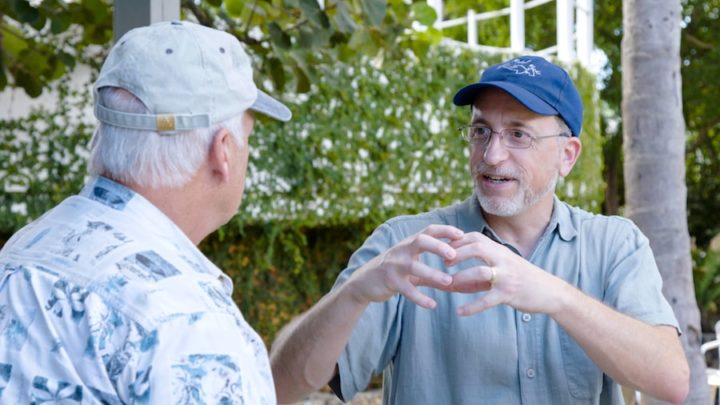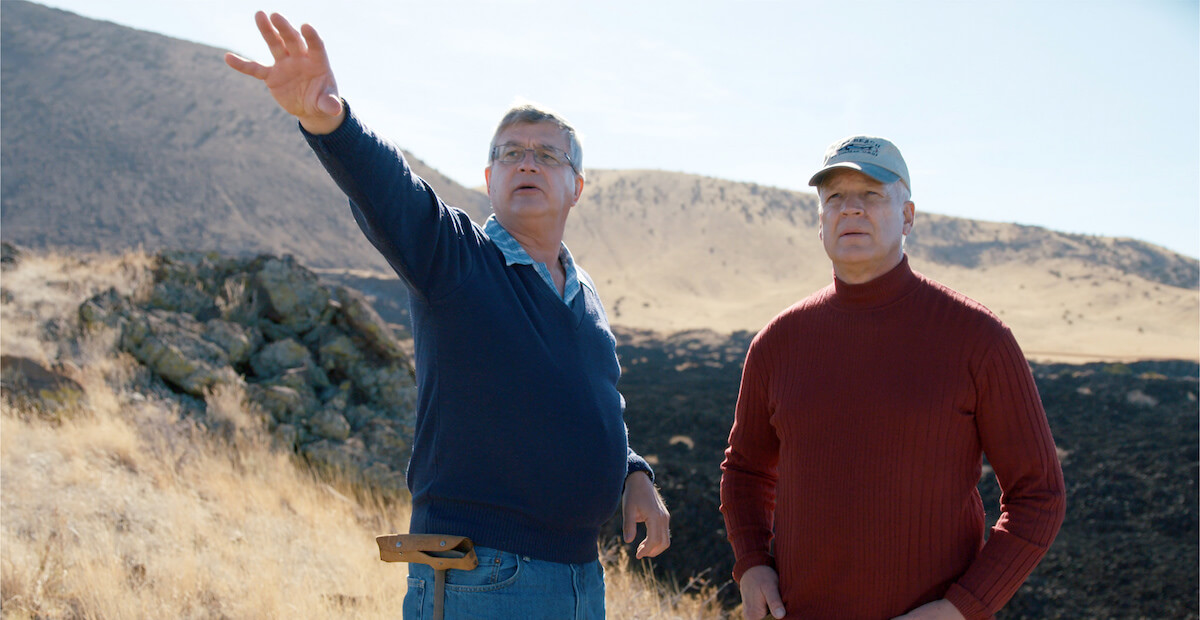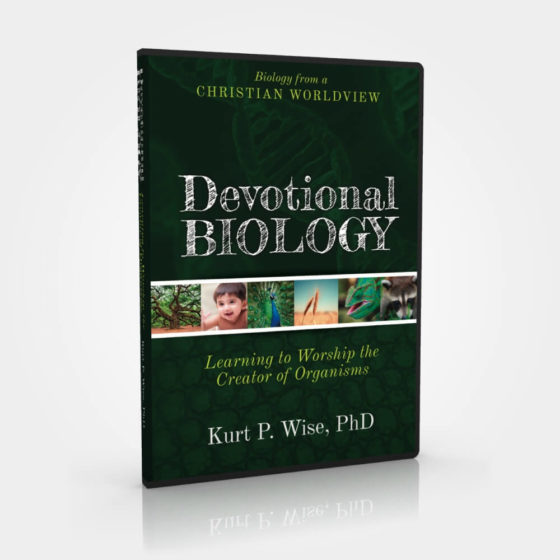Every three to five years, hundreds of scientists meet to discuss the latest developments in creation science at the International Conference on Creationism (ICC). For those interested in attending, the Eighth ICC will be held in Pittsburgh on July 29 – August 1, 2018.
Many of the scientists featured in the film Is Genesis History? will be there as well as many of the advisors. Most are presenting papers and some are making special presentations. If you’re interested in learning the technical side of creation science, you should consider attending; it will be a fascinating, if rather heady, experience. You can get all the details at their site including the full schedule of presentations and workshops.
Here’s a quick overview of some of the interesting events that feature scientists from the film:
Special Workshops
Bioscience: Where is Creation Science in identifying the Baramin (Created Kind)? | Featuring: Kurt Wise, Todd Wood, Jean Lightner, Bob Harsh (Moderator)
Geoscience: Where is Creation Science in identifying the Pre-Flood / Flood Boundary | Featuring: Steve Austin, John Baumgardner, Paul Garner, Timothy Clarey, John Whitmore (Moderator)
Astroscience Workshop: Where is Creation Science in establishing a Young Earth Cosmology? | Featuring: Danny Faulkner, Russ Humphreys, Phillip Dennis, Jason Lisle, Danny Faulkner, Robert Hill (Moderator)
Evening Sessions
Creation Biology Update | Kevin Anderson will cover the current scientific findings on soft dinosaur tissue being studied at the Van Andel Research Facility and any other findings that correlate and better explain what we see in created organisms and how they better fit the creation model.
Building a Machine that Deposits Mud Layers Rapidly | Steve Austin will focus on recent scientific findings of creation scientists and how those findings better explain and correlate with the fossil evidence and geologic formations.
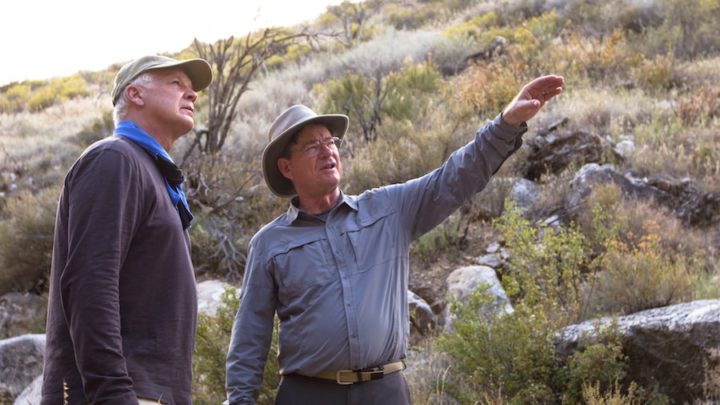
Professional Papers & Presentations
The Coconino Sandstone
John Whitmore & Paul Garner | Monday, July 30
Abstract: The Permian Coconino Sandstone is one of the most prominent layers of rock in the Grand Canyon and is important to creationists because it has often been used by conventional scientists to discredit the Bible since it is a supposed wind-blown (eolian) deposit. Their argument is that deposits like this would be impossible to form in the midst of a global flood as described in Genesis.
Over the past forty years, new data has been collected by us and others that we believe indisputably identifies the Coconino as a subaqueous sandstone, data that will be difficult for our critics to counter. These data include evidence from petrology, fossil footprint studies, sedimentology, regional stratigraphy and soft sediment deformation features. In our studies we found that there are many misconceptions or “urban myths” about the Coconino Sandstone including its grain roundness, grain sorting, grain frosting and angle of cross-bed dips.
There are no modern analogs that match the precise sedimentology of the Coconino, but we believe that subaqueous sand waves may be a start in the right direction to understand how the Coconino was deposited. Instead of the Coconino being a problem for creationists, it can be one of our most powerful arguments in support of the biblical account of the Flood. There are many other similar cross-bedded sandstones around the world; the Coconino may be the key to unlocking their origin as well.

Devotional Biology
Kurt Wise, et al. | Monday, July 30 | Biology
Abstract: Devotional Biology is being developed as a one-semester college-level conceptual biology textbook for non-science majors. Except for presenting a survey of organisms and an introduction to organismal anatomy and physiology (typically reserved for a second-semester course), Devotional Biology covers all the major topics of biology presented in secular texts as well as a few others not usually covered at all. Student surveys indicate students believe they learn biology through the Devotional Biology text.
At the same time, Devotional Biology presents biology from the perspective of a distinctly biblical worldview- and on surveys, Devotional Biology students believe they improved their appreciation and love of biology as well. Devotional Biology also focuses on God, and how His attributes are evident in the biological world- and on surveys, Devotional Biology students believe they improved their recognition of God in the creation, their understanding of God, their relationship to God, and their use of the creation in witness to others.
Devotional Biology also assumes a young-age creationist interpretation of biology, critiquing the naturalistic perspective of the field in the process- and on surveys, Devotional Biology students believe they grew in their faith and learned to defend their faith.Devotional Biology also includes responsibilities of believers as priests and kings in God’s creation- and on surveys, Devotional Biology students believe they grew in their understanding of themselves and their purpose, in their ethical responsibilities, in their worship of God, in making ethical decisions, and in better ruling over the creation.
Note: Devotional Biology is now available as a complete video class and textbook in the IGH store.
A Survey of Cenozoic Mammal Baramins
Todd Wood & C. Thompson | Monday, July 30 | Biology
Abstract: To expand the sample of statistical baraminology studies, we identified 80 datasets sampled from 29 mammalian orders, from which we performed 82 separate analyses. We analyzed each dataset with standard statistical baraminology techniques: baraminic distance correlation (BDC) and multidimensional scaling (MDS). We evaluated the BDC and MDS results from each character set for potential continuity and discontinuity.
We found evidence of holobaramins in 57 of the 82 analyses (69.5%). Of the remaining character sets, three showed evidence of monobaramins and 22 (26.8%) were inconclusive. These results are consistent with previous efforts to test the discontinuity hypothesis, which found that a majority of character sets showed evidence of holobaramins. Tentative holobaramins represent 57 taxonomic groups, many of which have not been previously analyzed by statistical baraminology. Together with previously identified holobaramins, this study increases the number of putative mammal holobaramins to 64.
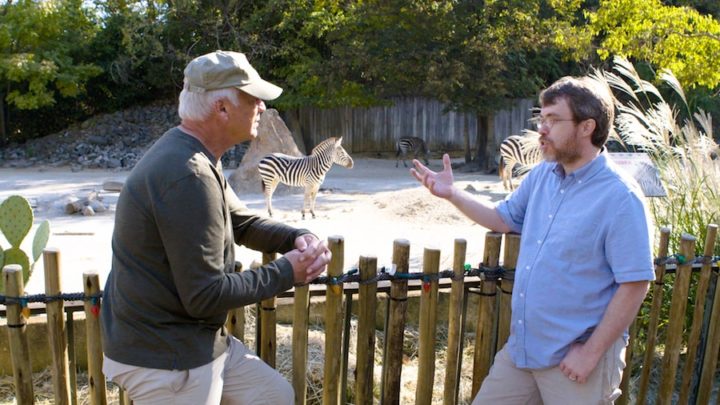
Feathered Dinosaurs Reconsidered
Matt McLain, et al. | Monday, July 30 | Geology
Abstract: Birds could not have evolved from land animal ancestors because Genesis clearly states that birds and land animals were created on separate days. As a result, young-earth creationists have consistently opposed the theory that birds evolved from dinosaurs.
Nevertheless, numerous fossils of dinosaurs with feathers, including some very bird-like dinosaurs, have been found in the late 20th and early 21st centuries. We determined to understand what these fossils mean in a creationist context through a survey of their fossil record and statistical baraminological analyses. While the survey demonstrates that feathered dinosaur fossils do, in fact, exist, the baraminological analyses suggest that there are probably at least seven different created kinds of non-avialan dinosaurs.
The existence of multiple created kinds of non-avialan dinosaurs, non-avian avialans, and avians without an enormous morphological gulf between these groups, although historically unexpected in creationism, is argued through this study to be an accurate picture for their designed organization. Because of these results, creationists need to rethink the way they understand the organization of life, especially as it relates to tetrapods in order to better represent the full spectrum of God’s created variety.
The CRS eKINDS Research Initiative
Kevin Anderson and Jean Lightner | Monday, July 30 | Biology
Abstract: The eKINDS research initiative began in 2016 in an effort to accelerate research on
numerous outstanding questions related the diversification and speciation of plants and animals. The research encompasses three broad topics: a) identification of created kinds, b) identification of mechanisms that drive diversification and speciation within created kinds, and c) detailed analysis of individual created kinds in an attempt to propose a robust natural history that delineates key events as organisms reproduced and filled the earth following the time of the Flood.
As part of the eKINDS project, a new statistical tool is being developed to take advantage of the steadily increasing pools of molecular data. It compares expressed proteins, which typically cluster organisms into discreet groups, suggesting that members of a group may belong to a single kind. This method has been applied to insects and fungi. Additionally, analysis has begun on primates and other vertebrates. There are plans to use it on more taxa as proteomic data accumulates.
The eKINDS project is also investigating the possibility that designed mechanisms exist for the generation of adaptive alleles. Some work has been done to explore the significance of founding events in post-Flood diversification and speciation. Other mechanisms are slated to be explored as well. Several avian kinds are being investigated in an attempt to piece together key aspects of their natural history. Our hope is that, by God’s grace, more researchers will be mobilized to address these critical questions so we, as believers, can make substantial contributions to science and demonstrate the robustness of the biblical creation model.
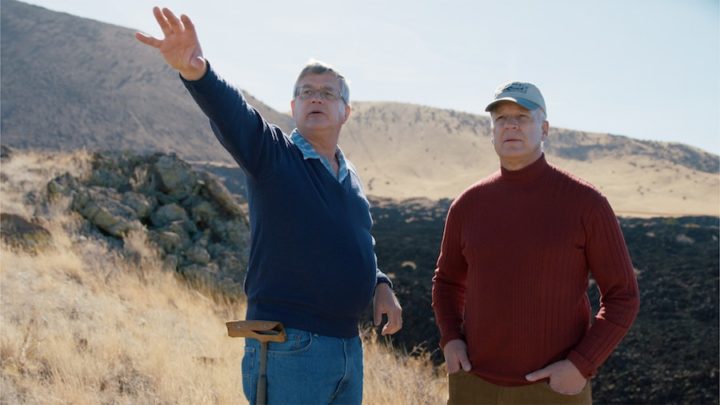
Flood/Post-Flood Boundary
Andrew Snelling | Tuesday, July 31 | Geology
Abstract: Erosion at the end of and after the Flood exposed the tops of primary ore deposits to subsequent weathering and the formation of supergene minerals. The 40Ar/39Ar and (U-Th)/He radioisotope methods applied to these supergene minerals provide the dates for when these minerals formed. But given the documented problems with the radioisotope methods, they can only provide at best relative dates.
When the Flood waters retreated, the ground surface was dry, but extra time was needed to allow the water table to drop, soil to form and plants to grow before Noah stepped off the Ark, which marked the end of the Flood event. The weathering front then progressed downwards during the early post-Flood decades for supergene minerals to start forming. Residual post-Flood catastrophism may have involved mountains still rising and ore deposits still forming, such as the porphyry copper deposits associated with granite intrusions as the Andes continued to rise. Erosion exposed those later-formed ore deposits to subsequent weathering to produce supergene minerals well into the early post-Flood era. Thus, the relative ages of the supergene iron oxides, and potassium-bearing sulfates and manganese oxides produced span the whole Cenozoic.
It is proposed that relative dates for the first formation of supergene minerals can possibly be used as a criterion for determining the placement of the Flood/post-Flood boundary at the K-Pg boundary with a relative age of 66 Ma. The few slightly earlier relative ages likely resulted from weathering that commenced before the Flood event ended, though deep weathering would have required decades. The spread of relative ages through the Cenozoic thus represents the progressive formation of supergene minerals as primary ore deposits emplaced during, and maybe after, the Flood were subsequently exposed to weathering by residual catastrophism. Continuing investigation of this criterion for placement of the Flood/post-Flood boundary seems warranted.
Creation Astronomy II
Danny Faulkner | Tuesday, July 31 | Astronomy
Abstract: It has been nearly twenty years since the previous review of the state of creation astronomy. Since then, much progress has occurred in developing a creation model of astronomy, and some of the recommendations of that earlier review have been carried out. Both the number of papers on astronomical topics published in the creation literature and their depth of coverage have increased tremendously.
There has been less concern with criticism of evolutionary ideas as creationists have begun to develop their own models of astronomy. While emphasis on indicators of recent origin is not as great as it used to be, that continues to be a topic of discussion. The number of proposed solutions to the light travel time problem has doubled. New cosmologies have appeared. We have debated the interpretation of craters within the framework of six-day recent creation. The discovery of many extrasolar planets has shed light both on the difficulty of the naturalistic origin of planetary systems and the uniqueness of earth. Creationists are divided on the existence of dark matter and the cause of cosmological redshifts. I offer recommendations for future study.
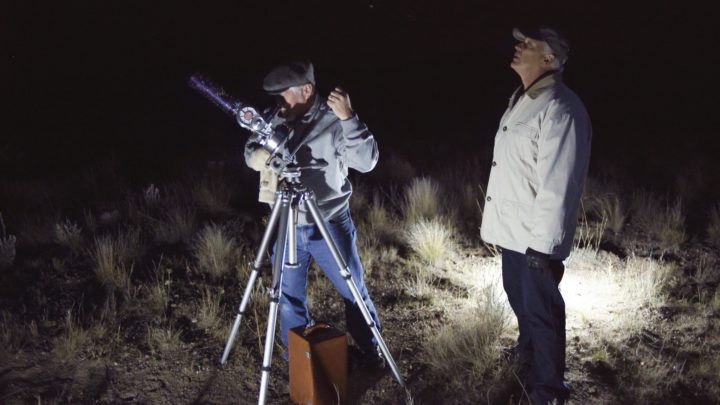
Historical Survey of the Floating Mat Model for the Origin of Carboniferous Coal Beds
Steve Austin & R. W. Sanders | Tuesday, July 31 | Geology
Abstract: A review of the history of the debate on origin of Carboniferous coal shows the priority that autochthonists have placed on paleobotanical data and interpretation. New data and methodology are offered here for interpreting the paleobotany and paleoecology of dominant Carboniferous coal plants: tree lycopsids and the tree-fern Psaronius.
Lycopsid and tree-fern anatomies are characterized by air-filled chambers for buoyancy with rooting structures that are not suited for growth into and through terrestrial soil. Lycopsid development included boat-like dispersing spores, establishment of abundant buoyant, photosynthetic, branching and radiating rhizomorphs prior to upright stem growth, and prolonged life of the unbranched trunk prior to abrupt terminating growth of reproductive branches.
The tree fern Psaronius is now understood better than previously to have had a much thicker, more flaring, and further spreading outer root mantle that formed a buoyant raft. Its increasingly heavy leaf crown was counterbalanced by forcing the basally rotting cane-like trunk and attached inner portion of the root mantle continually deeper underwater. Lycopsids and tree-ferns formed living floating mats capable of supporting the trunks. Paleobotany of coal plants should now be best understood as supporting a floating raft that deposited the detritus that now forms Carboniferous coal beds.
Y-Chromosome, Noah, and Mitochondrial Eve
Robert Carter, S. Lee, & J.C. Sanford | Wednesday, August 1 | Biology
Abstract: The existence of a literal Adam and Eve is hotly debated, even within the Christian body. Now that many full-length human Y (chrY) and mitochondrial (chrM) chromosome sequences have been sequenced and made publicly available, it may be possible to bring clarity to this question.
We have used these data to comprehensively analyze the historical changes in these two chromosomes, starting with the sequences of people alive today, and working backwards to the ancestral sequence of the family groups to which they belong. The analyses of the chrY and chrM histories were done separately and in parallel. Remarkably, both analyses gave very similar results.
First, the pattern displayed in both datasets supports a massive expansion of the human lineage, with multiple new branches forming from closely-related individuals. Second, for both chromosomes, the mutation rate along each branch has not been the same through time. Third, both phylogenetic trees display a starburst pattern that centers around specific historical individuals, nearly all of whom lived in the Middle East.
Fourth, we can know with a very high degree of confidence the actual sequences of the historical individuals that gave rise to each branch in both family trees. Fifth, within a reasonable margin of error we can approximate the sequence of Y chromosome Adam/Noah and Mitochondrial Eve. Sixth, given a few reasonable assumptions, we can estimate the time to Y Chromosome Adam/Noah and Mitochondrial Eve. Both individuals lived less than 10,000 years ago, which is most consistent with a biblical timeframe.
Lastly, recurrent mutations are extremely common, and many of them are associated with epigenetic CpG sites, meaning mutation accumulation is not free of environmental influence and many mutations may have accumulated in different lineages in parallel. The genetic evidence strongly suggests that Y Chromosome Adam/Noah and Mitochondrial Eve were not just real people, they were the progenitors of us all. In this light, there is every reason to believe that they were the Adam/Noah and Eve of the Bible.
